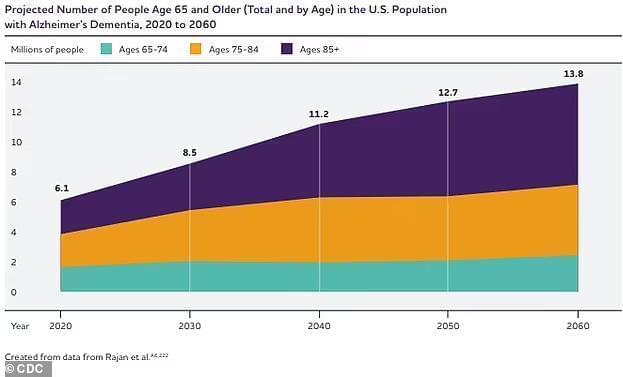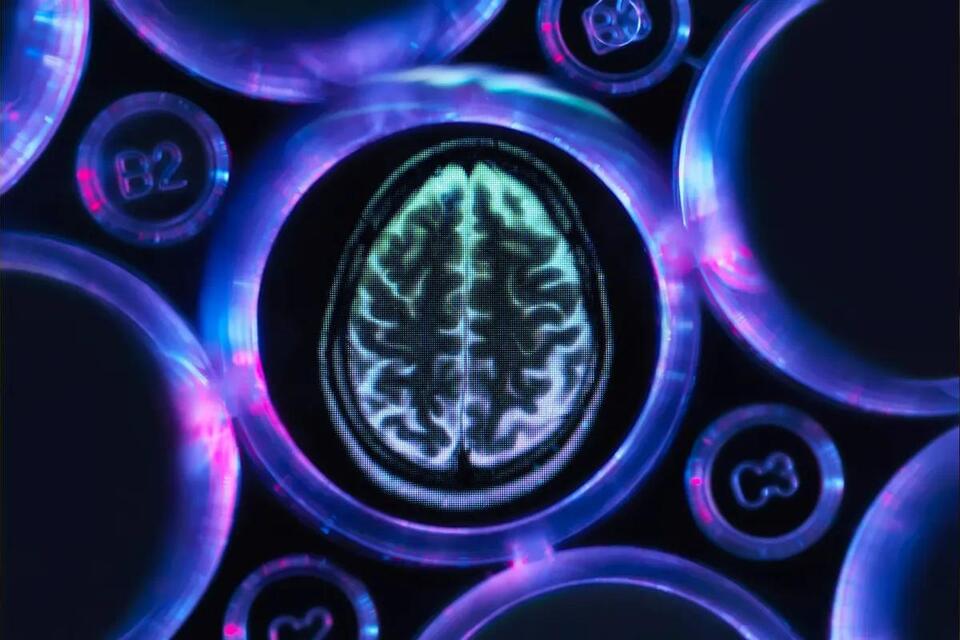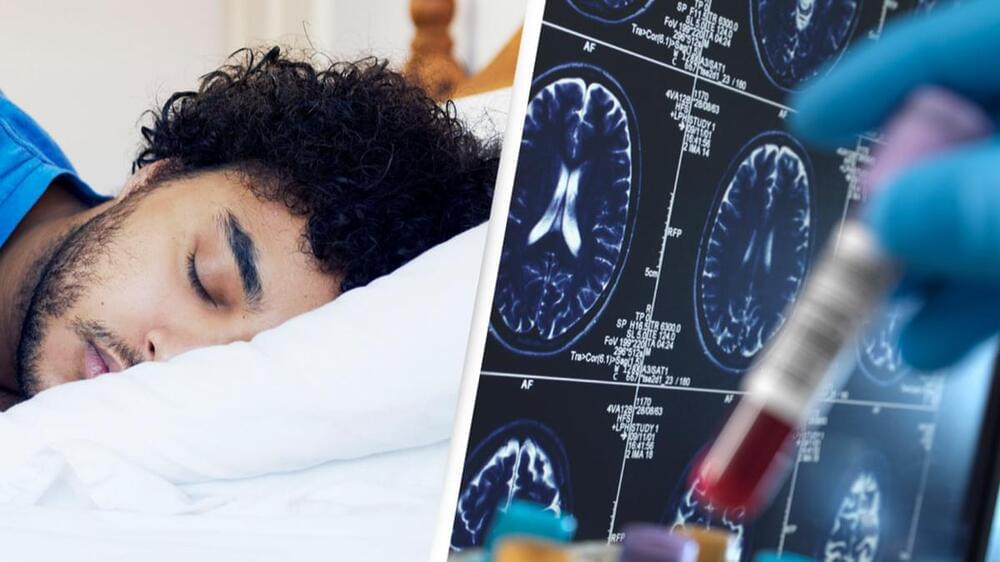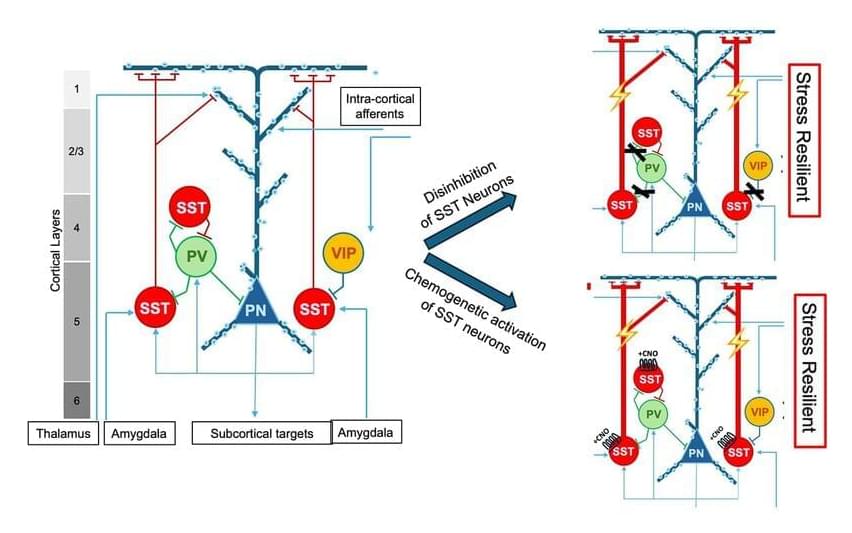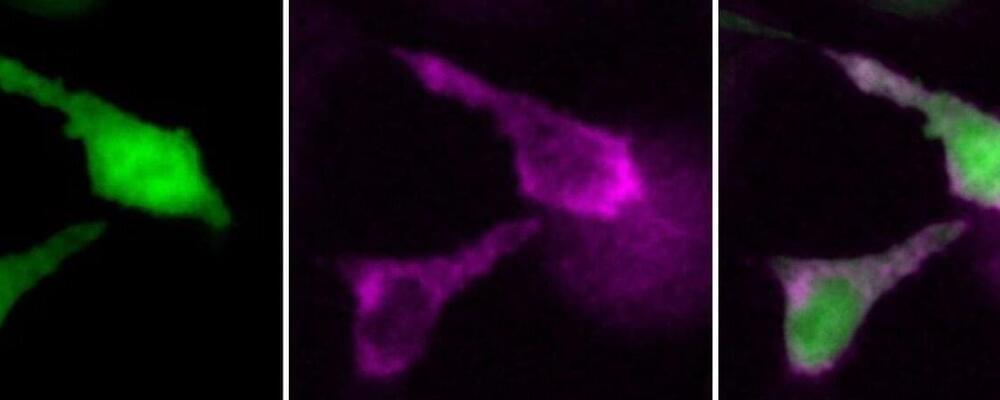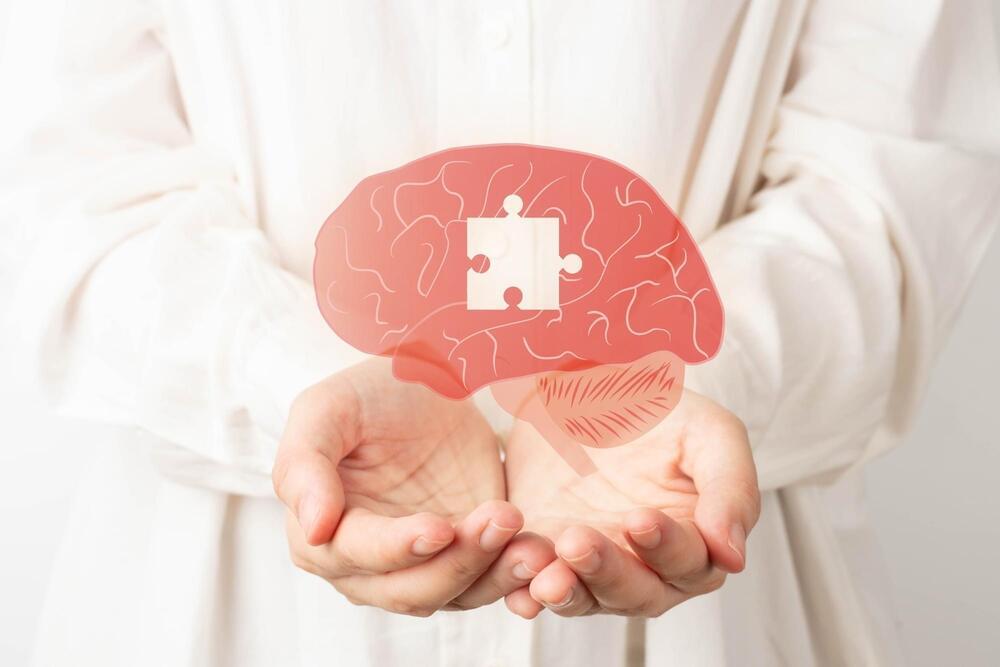Summary: Researchers have identified and mapped diverse cell types in the cochlear nucleus, the brainstem region responsible for processing sound. Using advanced molecular techniques, they uncovered distinct and newly identified cell types that process specific sound features, such as sharp noises or pitch changes.
These findings challenge existing ideas about hearing and pave the way for targeted treatments for auditory disorders. By creating a cellular and molecular atlas, scientists can now develop more precise therapies for conditions like hearing loss, advancing the field of personalized auditory medicine.


